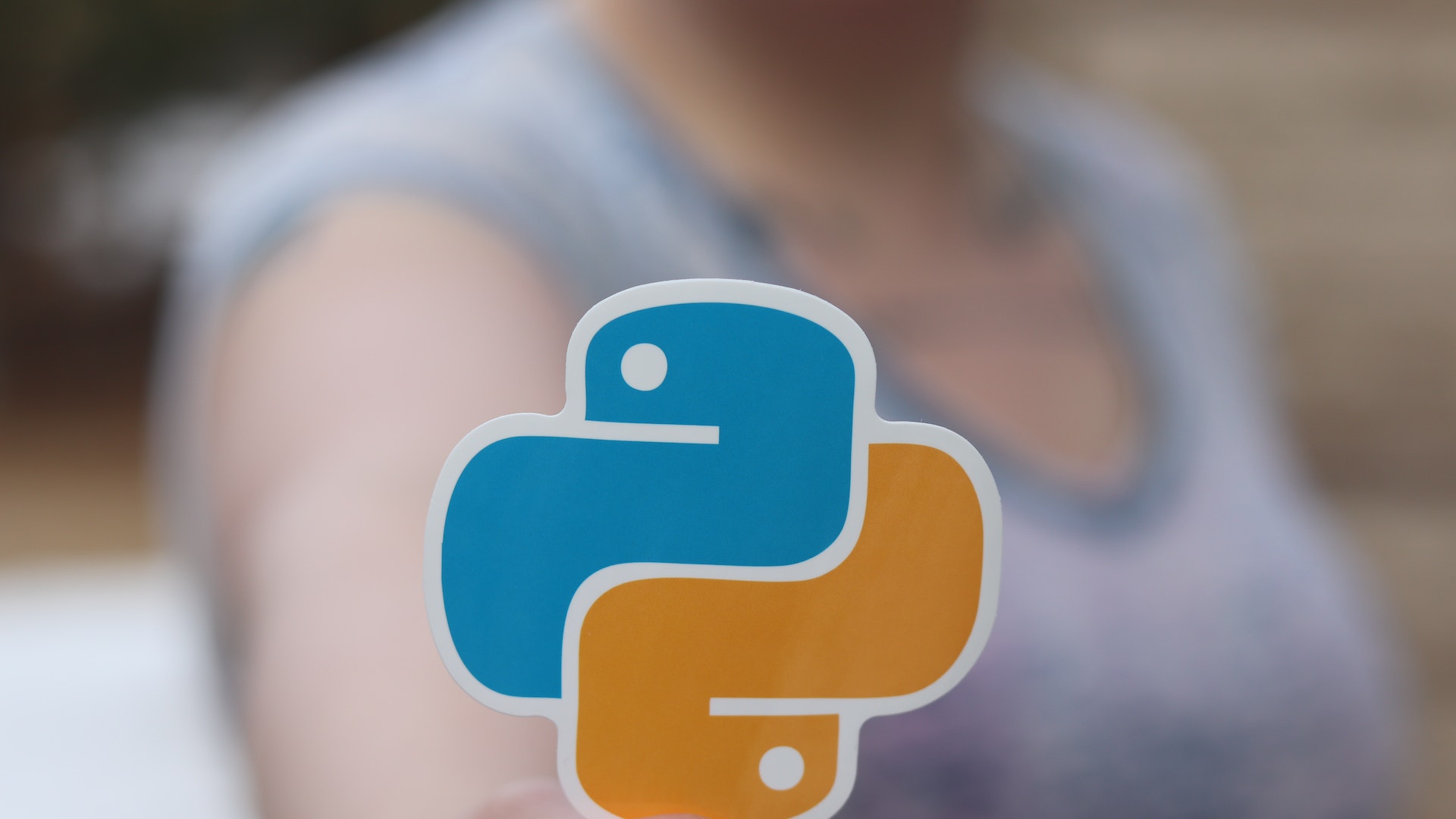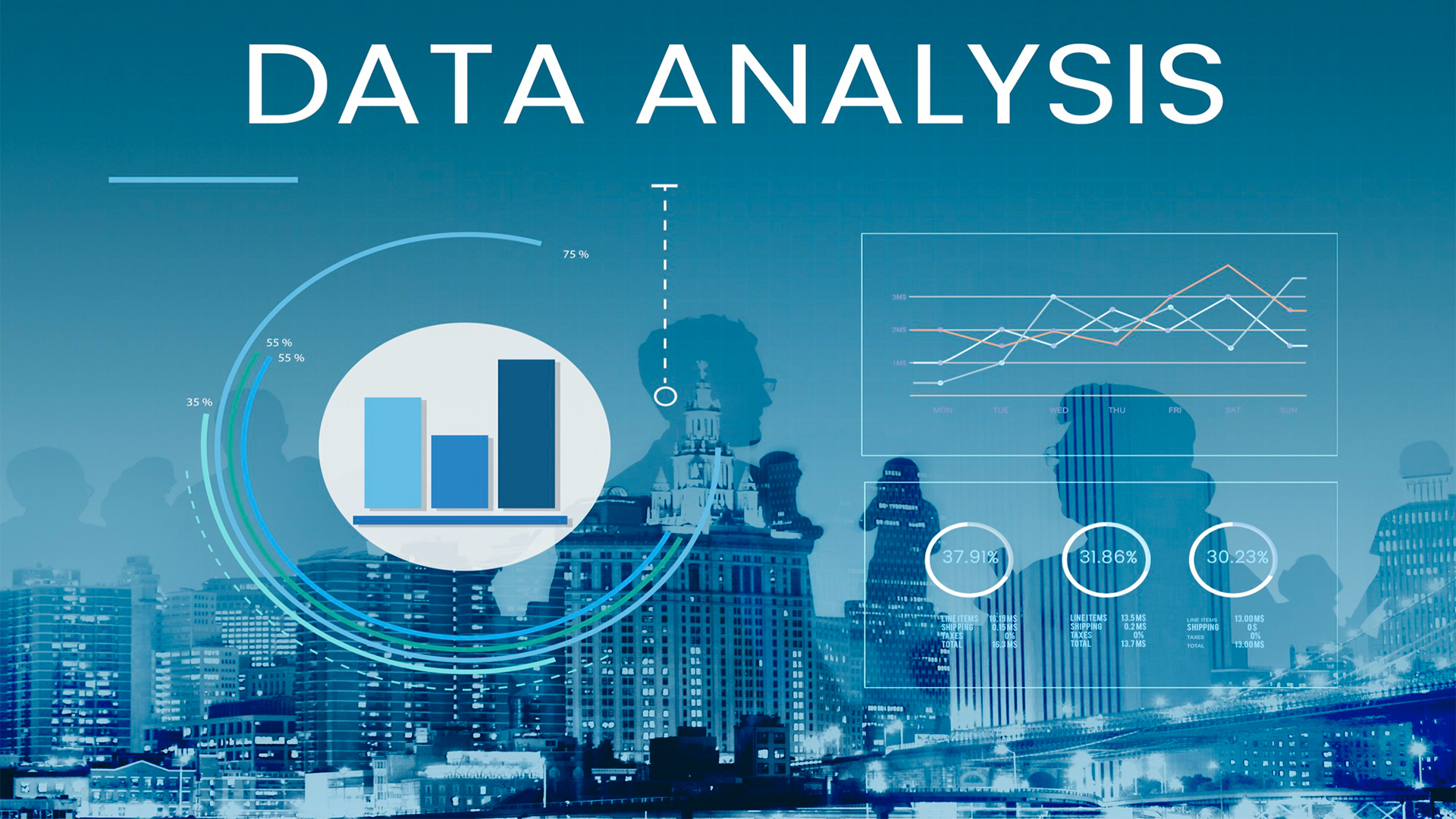
Python- The Programming Language
Course overview
Welcome to Python course! In this course, you will learn the fundamentals of Python programming language. Python is a high-level, interpreted programming language that is widely used in web development, scientific computing, data analysis, artificial intelligence, and many other fields.
Learning Objectives
Introduction to Python: In this section, you will learn the basics of Python programming language, including data types, variables, operators, and control structures.
Functions and Modules: In this section, you will learn how to define and use functions in Python, as well as how to import and use modules.
Object-Oriented Programming: In this section, you will learn the basics of object-oriented programming (OOP) in Python, including classes, objects, inheritance, and polymorphism.
File Handling: In this section, you will learn how to read from and write to files in Python.
Data Structures: In this section, you will learn about the built-in data structures in Python, including lists, tuples, sets, and dictionaries.
Libraries and Frameworks: In this section, you will learn about some popular libraries and frameworks in Python, such as NumPy, Pandas, Flask, and Django.
Throughout the course, you will also have the opportunity to work on coding exercises and projects to apply what you have learned.
By the end of the course, you will have a solid understanding of Python programming language and be able to build basic programs and applications on your own.
Our Unique Training Methodology
Lectures: The course will begin with lectures on the theoretical aspects of Python programming, including the syntax, data types, control structures, and functions. The lectures will be delivered through video tutorials, presentations, and interactive sessions.
Hands-on Practice: After the theoretical lectures, you will have the opportunity to practice what you have learned through coding exercises and projects. These exercises and projects will be designed to help you apply the concepts you have learned in a practical setting.
Code Reviews and Feedback: As you work on the coding exercises and projects, you will receive feedback from the instructor or teaching assistants to help you improve your coding skills. You will also have the opportunity to review and provide feedback to other students’ code.
Quizzes and Assessments: Throughout the course, there will be quizzes and assessments to test your understanding of the material covered in the lectures and exercises. These assessments will provide you with feedback on your progress and help you identify areas that need improvement.
Live Sessions: There will be live sessions with the instructor or teaching assistants where you can ask questions and get clarification on topics that you may find challenging.
Overall, the training methodology for this Python course will be a blend of theoretical and practical learning to ensure that you have a thorough understanding of the language and can apply it to real-world scenarios.
Training Medium
This Behavioral Interviewing training is designed in a way that it can be delivered face-to-face and virtually.
Course Duration
This Python course skills training is versatile in its delivery. The training can be delivered as a full-fledged 60-hours training program.
Pre-course Assessment
- Basic Computer Skills: You should have a basic understanding of computer operations, including how to navigate the file system, open and close programs, and use a web browser.
- Fundamental Programming Concepts: You should have some familiarity with programming concepts such as variables, data types, conditional statements, loops, and functions.
- Mathematics: A basic understanding of mathematics, including algebra and statistics, will be useful in this course, especially when working with data analysis and scientific computing libraries in Python.
- Text Editor: You should have a text editor installed on your computer, such as Sublime Text, Visual Studio Code, or Atom, which will be used to write and edit Python code.
- Python Installation: You will need to have Python installed on your computer. The course will use Python 3.x, and instructions on how to download and install Python will be provided.
Course Modules
Module 1: Introduction to Python
- Why Python?
- Python installation and setup
- Python basic syntax and structure
- Variables and data types
- Operators
- Control statements
Module 2: Functions and Modules
- Functions and their syntax
- Function arguments and parameters
- Return statement
- Local and global variables
- Modules and their usage
- Standard library modules
Module 3: Object-Oriented Programming in Python
- Classes and objects
- Inheritance and Polymorphism
- Method overloading and overriding
- Encapsulation and data hiding
- Abstract classes and interfaces
Module 4: File Handling
- Reading from and writing to files
- File modes
- File operations
Module 5: Data Structures
- Lists, tuples, and sets
- Dictionaries
- Stacks and Queues
- Linked lists
- Trees and graphs
Module 6: Libraries and Frameworks
- NumPy for scientific computing
- Pandas for data analysis
- Matplotlib for data visualization
- Flask for web development
- Django for web development
Post-course Assessment
The purpose of this post-course assessment is to evaluate the effectiveness of the course and gather feedback to improve future offerings. Participants need to complete an assessment post-course completion so our mentors will get to know their understanding of the course.
- What is Python?
- What are the benefits of using Python?
- What is PEP 8?
- How do you comment your code in Python?
- What is the difference between a list and a tuple in Python?
- How do you declare a variable in Python?
- What is the difference between “==” and “is” in Python?
- What is a module in Python?
- How do you handle exceptions in Python?
- What are the basic data types in Python?
Lessons Learned
Overall, this Python course provides a comprehensive introduction to the Python programming language and covers a wide range of concepts, including basic syntax, functions and modules, object-oriented programming, file handling, data structures, and popular libraries and frameworks.
The course is designed for beginners who have some programming experience and want to learn Python as their first or second programming language. The course is delivered through a combination of lectures, coding exercises, and projects, which provide a hands-on learning experience and help reinforce the concepts learned.
The training methodology used in the course is effective, with a focus on active learning and practical application. The post-course assessment provides a comprehensive evaluation of your proficiency in Python programming and the effectiveness of the course in helping you achieve your learning objectives.
Overall, if you’re looking to learn Python programming, this course is a great place to start, providing a solid foundation in the language and the skills needed to start building Python applications.







